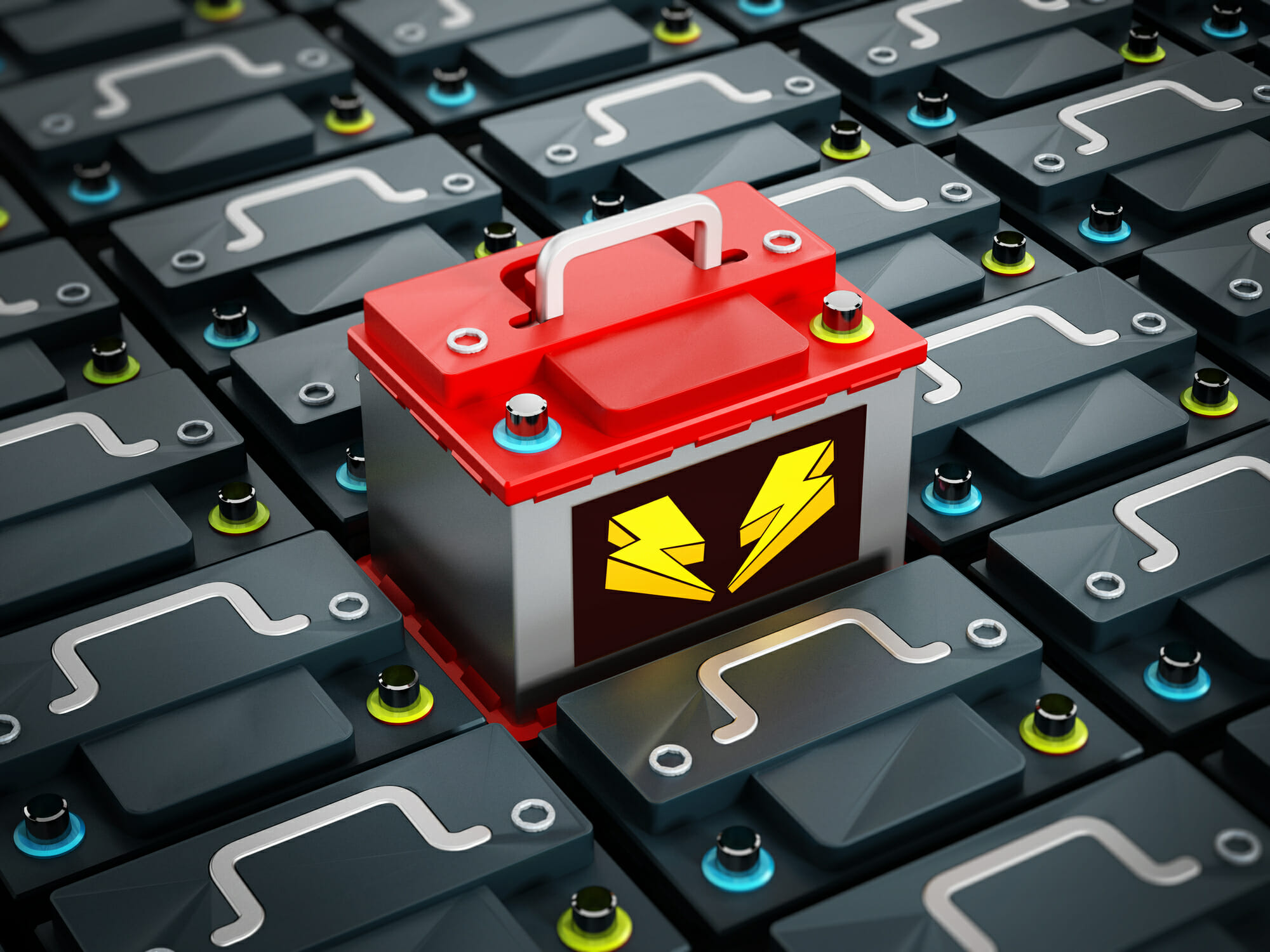When you buy a Mini Cooper, they expect you to use OEM-only parts. OEM means Original Equipment Manufacturer. But it’s still a good idea to know exactly what it is that you’re buying. An OEM battery might not be available, so you want to be prepared.
What’s the best Mini Cooper battery?
This can vary based on year, trim level and other factors, and you’ll want to check your owners manual to be sure, but your Mini Cooper is probably using an H6, or Group 48 AGM battery. Now, what exactly does that mean? It’s complicated… but not that complicated.
Battery group sizes and types can get pretty complex, but you only need to take a few minutes to learn everything that you need to know as a driver. So let’s start with group size and work our way out from there.
Battery Group Sizes Explained

Group 48 refers to the BCI group size number. BCI is short for Battery Council International.
Battery Council International group sizes are the standard that is set globally. This means that if you buy a Japanese battery in the 48 group size, it will fit in a European car that calls for a 48 group size battery.
Basically, this lets us skip over metric system confusion and language differences. Everyone’s measuring by the same standards, so everyone’s on the same page.
A 48 would be 12 1/16 x 6 7/8 x 7 9/16 inches in length, width and height.
Lead-Acid, Lithium-Ion or SLI?
Older Mini Coopers used various types of batteries, typically lithium-ion. Newer Coopers actually use AGM, or absorbed glass mat batteries.
An AGM battery uses fiberglass to absorb sulfuric acid, as opposed to using tanks of liquid acids. This produces a battery that will not spill, even in an accident, and which does not necessarily need to be stored upright.
This has allowed car developers to try all sorts of weird things with the position and placement of the battery. On its side, under the seat, in the trunk. Anything goes, because the battery is spill-proof.
OEM vs. Aftermarket: What’s the Difference?
The main reason to buy an OEM battery: You know exactly what you’re getting, and the carmaker stands by the product, with a full warranty to back that up.
With a Mini Cooper, there is also the IBS module to consider. Once you replace your battery, you need to register it with the car.
The IBS module helps to manage the battery over the course of its life, ensuring that your Mini knows, for instance, exactly how much power it needs to recharge the battery. It can’t do that with an aftermarket battery.
If You Must Go Aftermarket…
With a Mini, our advice is “don’t.” Your IBS module probably won’t recognize a non-standard battery, and you might void your warranty.
But if you absolutely must, the first step should be to read your owner’s manual. In fact, take it into the auto shop with you.
You want to make absolutely certain that you get the right type of battery and that it’s the right size. You’re probably going to be looking for an H6/Group 48 sized AGM battery, but check your owners manual to make sure.
And it might be a good idea to treat it like a temp battery, sort of like a spare tire, just until you can get to the Mini dealer.
